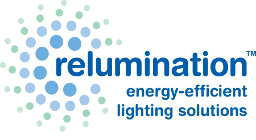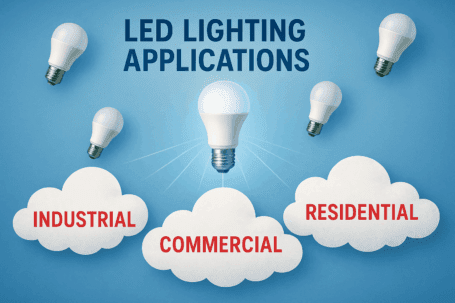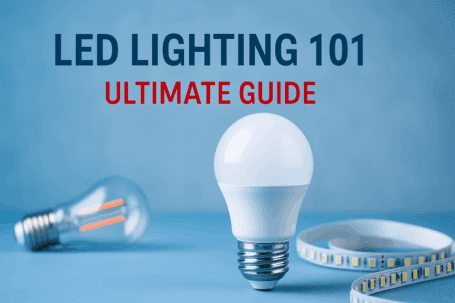Any job with nocturnal shifts has more dangers than daytime equivalents. Not only is visibility low, but people’s schedules are off-kilter. No matter how long people have worked night shifts or maintained high levels of activity during the dark, it’s not what human circadian rhythms are used to. Here’s how you can use lighting to enhance the safety of environments, both in the short term and in the long term, in terms of both safety and health.
Use bright lights and dark sunglasses
One of the primary health consequences of nocturnal work schedules is inconsistent sleep. While poor sleep schedules and low sleep quality are problems that impact people with typical nine-to-five jobs, the problem is even more severe if you’re going to sleep after the sun has risen. The most effective treatment so far is to equip workers with the necessary tools and schedule to allow for deep sleep immediately after arriving home. Scientists have tested various study groups, and one practical approach is to have employees wear dark sunglasses on their way home, provided the work environment is brightly lit. The glasses help maintain an illusion that the morning is evening or night, so sleep schedules feel more natural.
Replicate daylight lighting
Warehouse lighting needs to be bright. Not only are the OSHA requirements and generally accepted standards regarding illumination, different degrees of lighting impact mental alertness and response time. If you want your employees to be as alert and vigilant as possible, get lights with a ‘daylight’ temperature. This includes lights with a color temperature of at least 5000K, which is a blue-white hue. It most closely mimics natural light, to which our eyes and bodies respond. Even without this effect, the increased brightness per bulb helps keep obstructions and steps clear.





